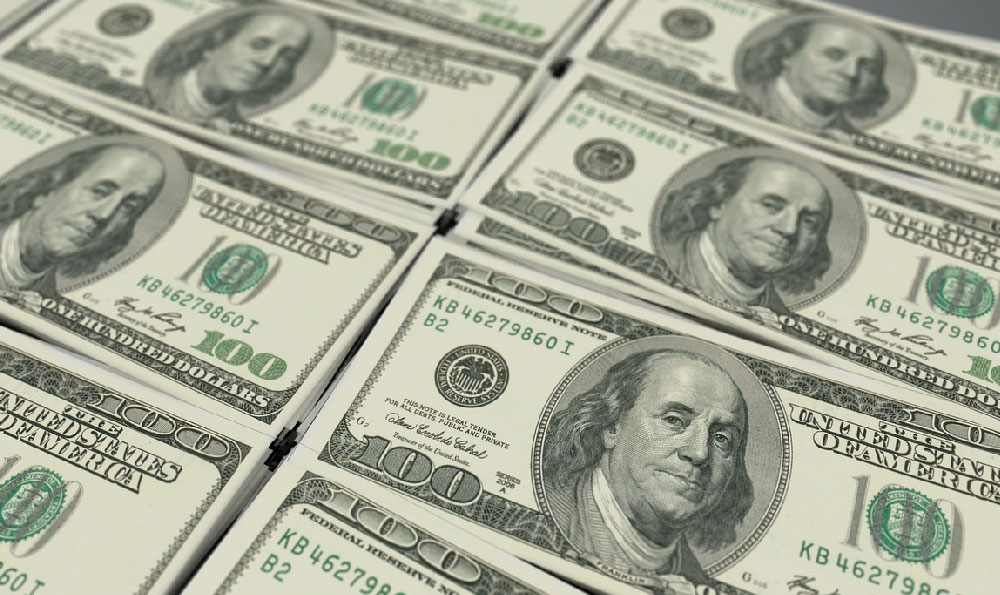Can YouTube Shorts Monetize: A Viable Income Stream?

YouTube Shorts has exploded in popularity, captivating audiences with its bite-sized, engaging content. Naturally, creators are wondering: can these short-form videos translate into a viable income stream? The answer, while not a simple yes or no, leans toward a cautiously optimistic "yes," albeit with some crucial caveats and a distinct monetization model compared to traditional long-form YouTube content.
For a long time, the primary method of earning from YouTube Shorts was through the YouTube Shorts Fund. This fund, a $100 million pool, distributed payments to eligible creators whose Shorts received the most engagement and views. Selection criteria weren't solely based on subscriber count; instead, YouTube considered factors like originality, audience engagement, and compliance with community guidelines. While this fund provided a significant boost for some creators, it wasn't a sustainable, predictable income stream. Payments varied wildly from month to month, making financial planning difficult. The dependence on algorithms and trends also meant that even popular creators could see their earnings fluctuate significantly.
The good news is that YouTube has evolved its monetization strategy for Shorts, integrating them into the YouTube Partner Program (YPP) and introducing a more consistent revenue-sharing model. Since February 1, 2023, Shorts creators can earn revenue from ads viewed between Shorts in the Shorts Feed. This is a game-changer because it opens up a more predictable and potentially lucrative avenue for monetization.

To be eligible for this new revenue-sharing model, creators must meet specific requirements. They need to have at least 1,000 subscribers and either 4,000 valid public watch hours in the past 12 months or 10 million Shorts views in the past 90 days. Crucially, they must also sign the YouTube Partner Program terms, including the Shorts Monetization Module. This module outlines the specific rules and guidelines for earning revenue from Shorts. The requirement for signing the Shorts Monetization Module is critical; without accepting these terms, creators cannot participate in the revenue-sharing program, regardless of their view count.
The revenue-sharing model itself works by aggregating ad revenue generated from the Shorts Feed. YouTube then allocates a portion of this revenue to creators based on their share of Shorts views. This means the more views your Shorts receive, the larger your slice of the revenue pie. While YouTube doesn't disclose the exact revenue split, it's important to remember that a portion of the revenue goes to music publishers and other rights holders, as music is a common element in Shorts. The remaining revenue is then divided among eligible creators.
Beyond ad revenue, there are other ways to potentially monetize Shorts and leverage their popularity to build a broader income stream. One effective strategy is to use Shorts as a marketing tool to drive traffic to longer-form content. By creating engaging Shorts that pique viewers' interest, creators can encourage them to visit their main channel and watch longer videos, which are often monetized through traditional methods like pre-roll ads and sponsorships.
Another monetization opportunity lies in brand deals and sponsorships. As a creator's Shorts channel grows in popularity, they become more attractive to brands looking to reach a wider audience. Negotiating brand deals and incorporating sponsored content into Shorts can be a significant source of revenue. The key is to ensure that the sponsored content aligns with the creator's brand and resonates with their audience, maintaining authenticity and trust.
Furthermore, creators can use Shorts to promote merchandise or affiliate products. Linking to online stores or affiliate links in the Shorts description or comments can generate sales and commissions. This approach is particularly effective for creators who have a strong brand identity and a loyal following.
However, it's important to acknowledge the challenges associated with monetizing Shorts. The CPM (cost per mille, or cost per thousand views) for Shorts tends to be lower than that of longer-form videos. This is partly due to the shorter ad formats used in the Shorts Feed and the competitive landscape of short-form content. To compensate for the lower CPM, creators need to generate a high volume of views to earn a substantial income.
Another challenge is the intense competition. With the growing popularity of Shorts, the platform has become increasingly crowded, making it more difficult to stand out and attract viewers. Creators need to consistently produce high-quality, engaging content that captures attention and keeps viewers coming back for more. This requires creativity, strategic planning, and a deep understanding of the YouTube algorithm.
Therefore, while YouTube Shorts can undoubtedly be a viable income stream, it's not a guaranteed path to riches. Success requires a strategic approach, consistent effort, and a willingness to adapt to the evolving platform. Creators should focus on creating engaging content that resonates with their target audience, building a strong brand identity, and diversifying their monetization strategies beyond ad revenue. It's also crucial to track analytics, understand what's working and what's not, and continuously optimize their content and strategy accordingly. Think of Shorts as a building block, a piece of the larger puzzle of your YouTube presence. Use it to attract viewers, build community, and ultimately, drive them to other, more directly monetizable aspects of your channel.















